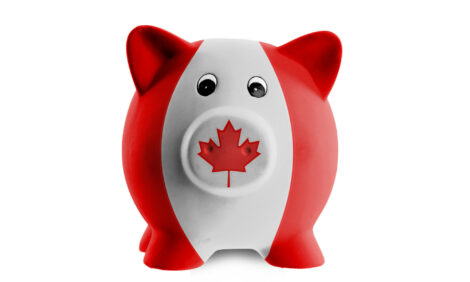



Pig Compound Feed Production Falls
EU - According to the preliminary statistical data provided by the European Feed Manufacturers Federation (FEFAC), compound feed production in the EU-27 in 2011 may have reached a level of 150 million tonnes, one per cent below the figure for 2010 (151.4 million tonnes).2011 Estimations
Cattle and pig feed have seen their production fall, respectively by -3 and -1 per cent, whereas poultry feed increased by per cent, thereby confirming its position of leading segment of compound feed slightly above pig feed.
The most important factors which have weighed in on the EU feed demand in 2011 were the still fragile economic situation of the pig sector and the high feed material costs. As regards ruminants, the severe drought on the first months led to a lower forage harvest during the spring cut but this was offset by the good autumnal weather conditions that favoured grass growth.
Most EU Member countries saw their production fall, sometimes dramatic as e.g. Ireland (-9 per cent) or The Netherlands with -5 per cent, while a few country such as Italy or Germany managed to buck the general market trend with positive growth around 3 per cent, supported by a surprisingly quick recovery of pig farming activity mainly due to increasing exports.
The high cereal prices over the last two years contributed to improve the competitive market position of industrial compound feed production vs. home mixing. However, this gain was offset to a certain extent by the development of alternative pig feeding strategies based on roughly grinded feed and liquid feeding.
As a result Germany’s position as leading EU country in terms of total compound feed production before France was strengthened, with Spain scoring third.
The final estimate and detailed breakdown of the 2011 results will be presented on the occasion of the next FEFAC Annual General Meeting on 15 June 2012 in Brussels.
2012 Predictions
FEFAC experts foresee a stabilisation in cattle feed production, a further reduction in pig feed production (-0.5 per cent) and a slight increase in poultry feed demand (+1 per cent) which however could be offset by a significant setback for layers feed production in certain countries, as a direct consequence of the application of the new cages standards from 1 January 2012 on.
Further market uncertainties are linked to the development of the Schmallenberg virus in ruminant populations and the new group-housing requirements for sows which may lead to a significant reduction in young sows replacement in certain producer regions. Overall, compound feed production is expected to remain unchanged vs. 2011.
Feed material markets are characterised by the upward trend on soybean meal quotations due to high Chinese demand and seasonal drought in South America. Price quotations for cereals are at high levels and may remain so while experts are still evaluating the impact of February frost in a large part of the EU countries and while fear of a potentially severe drought in Western Europe is growing. Access to raw materials may be further curtailed by the persisting problems linked to asynchronous approval of not yet authorised GM events.








